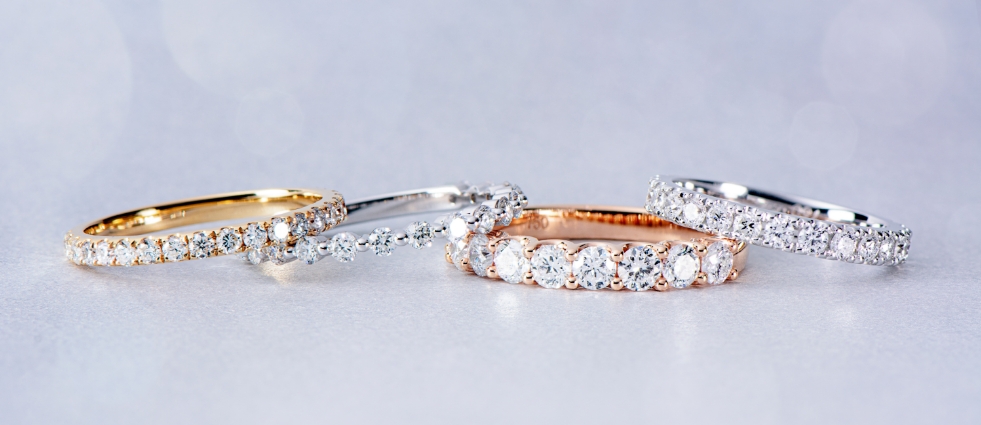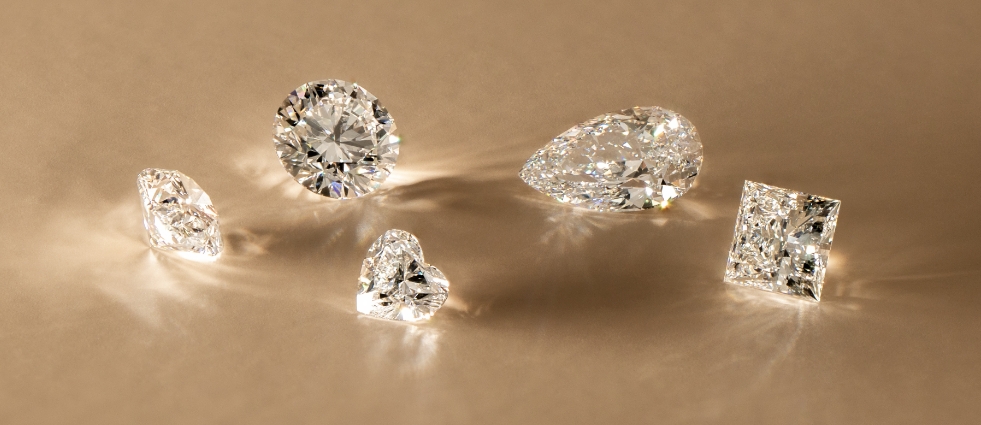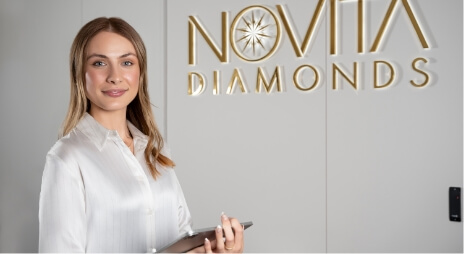We believe that this article will be one of the most interesting and eye-opening feature-length pieces regarding diamonds you will ever come cross. This is a topic that is seldom discussed and thus very few are aware of; one has to be a real diamond industry insider to fully know and subsequently understand why different cultures have their own distinct preferences and criteria when choosing to buy diamonds.
How Did De Beers Shape the Diamond Industry?
The South African company De Beers was singlehandedly responsible for making the diamond industry what it is today. Without their flawlessly executed brilliant marketing campaign, summarised with the catchphrase “Diamonds are forever”, diamonds would never have become the definitive and in most cases, the only choice for engagement rings all over the world.
The ultimate objective of De Beers was to have complete domination of the world’s diamond supply. And they succeeded; for many decades afterwards, they controlled over 90% of all the world’s mined diamond supply, netting them unimaginable level of power and influence over the diamond industry.
History now shows us, after many years of leaks and investigative journalism, that at the time De Beers gathered all the major diamond miners in the world and struck deals with all of them, sometimes forcefully, to buy all the supply from their mines and in return De Beers would market diamonds to the entire world making them an essential item for anyone looking to express their undying love or propose an eternal marriage. This was the deal of the century, quite literally, for both sides of the table. For miners it meant a single reliable buyer of all their production without having to market them and compete with each other, while for De Beers, it meant they would dictate the prices of diamonds all over the world by limiting the supply of diamonds released to the market. However, this undertaking was not as simple as it sounds; the world is a pretty big market to sell to, while the diamond mining production, once the deal was up and running, was projected to dramatically increase.
What was the flaw in De Beers Monopoly on the Global Diamond Industry?
HOW COULD DE BEERS MAKE SURE THEY COULD SELL ALL THE STOCK THEY HAVE COMMITTED TO BUY?
Just to clarify before we go further, when we say “all the stock” we mean all the different quality and varieties that diamonds naturally come in, not the quantities.
Now back to the problem of selling all the stock that were guaranteed to be purchased. Fortunately for De Beers, its founder was an extraordinary marketing visionary with even keener strategic business insight who quickly realised that he could turn this challenge in to a lucrative opportunity. His plan was elegant in its simplicity, belying the fact that a lot of thought and planning went into developing it. It consisted of dividing the world’s market in to 3 distinct segments to target low, mid and high quality respectively.









